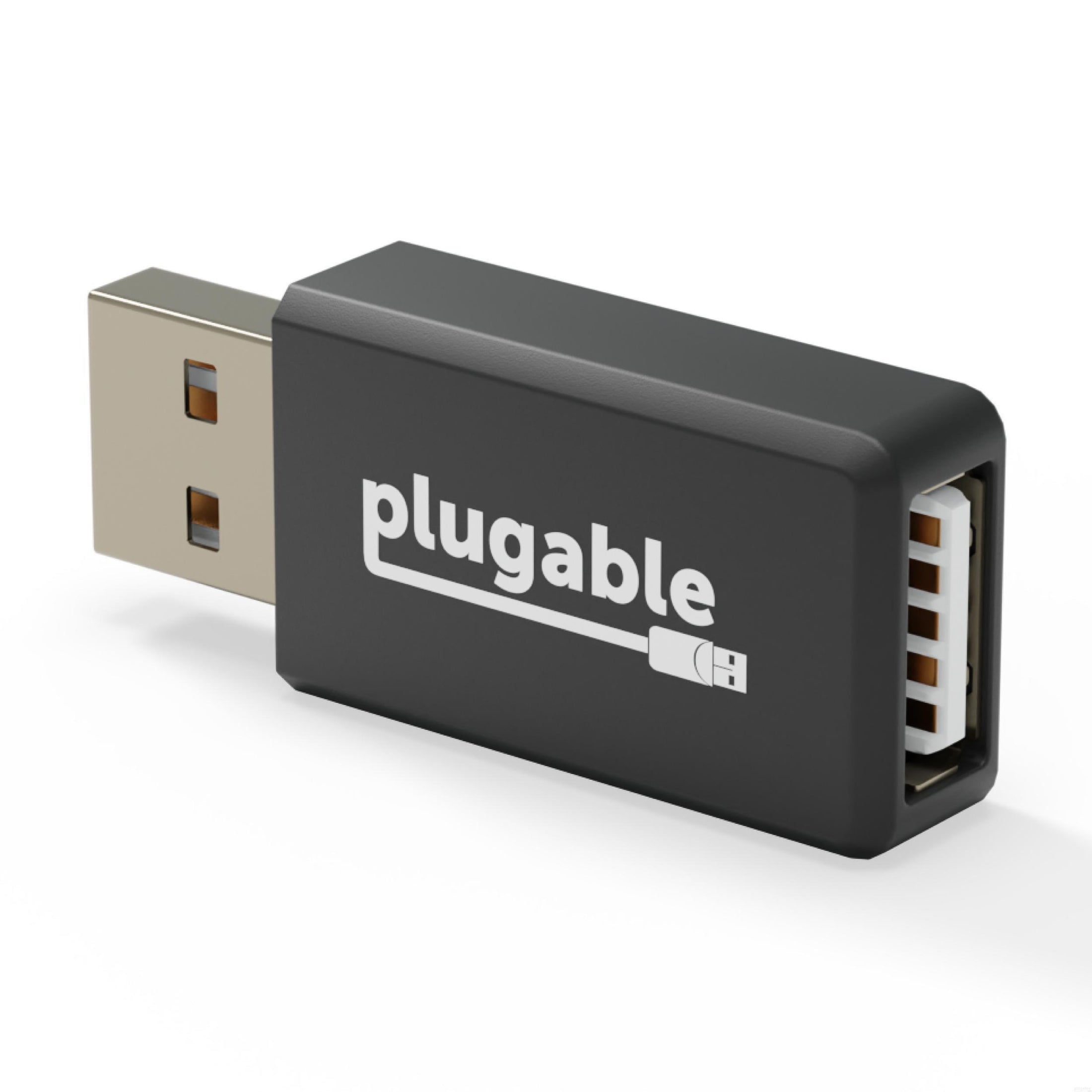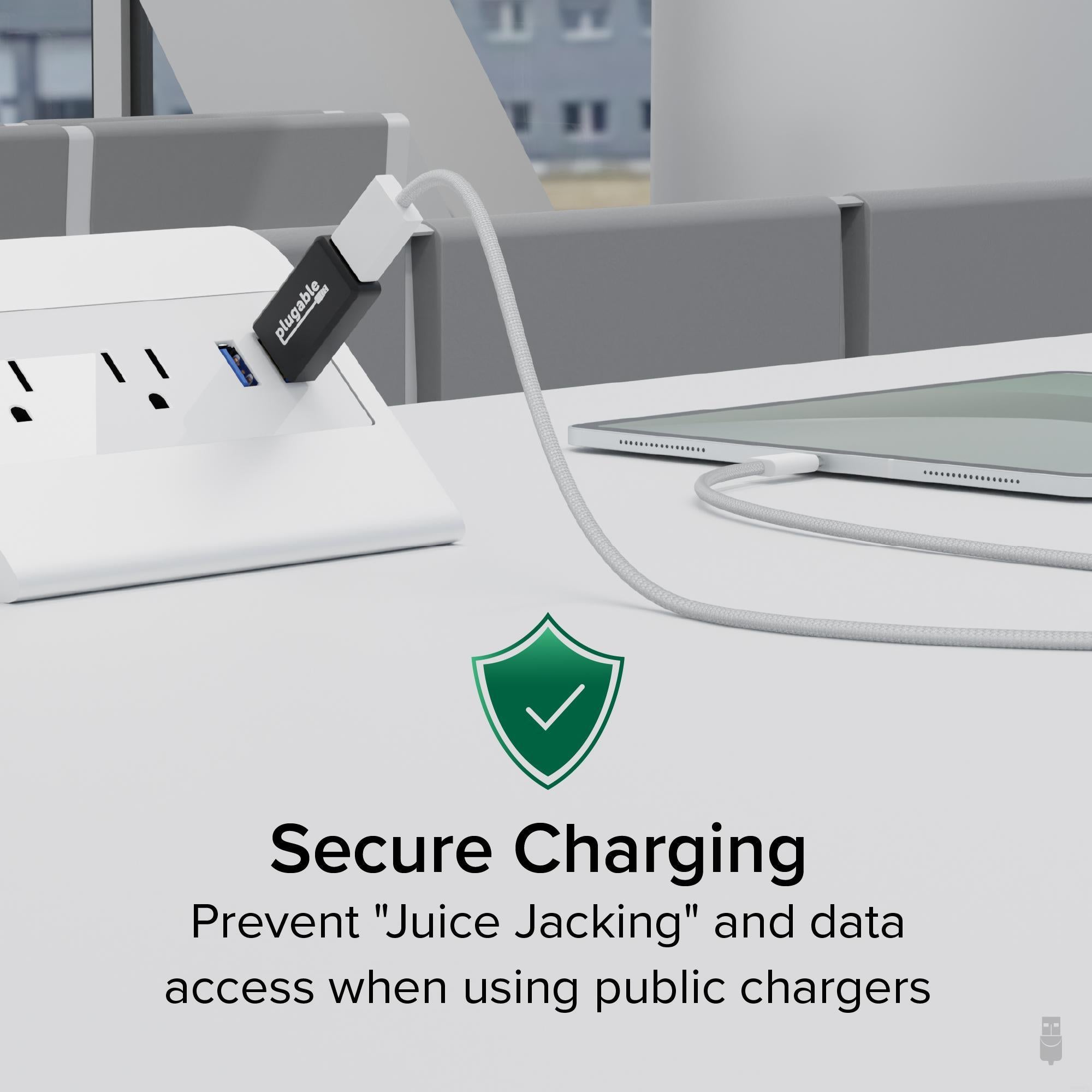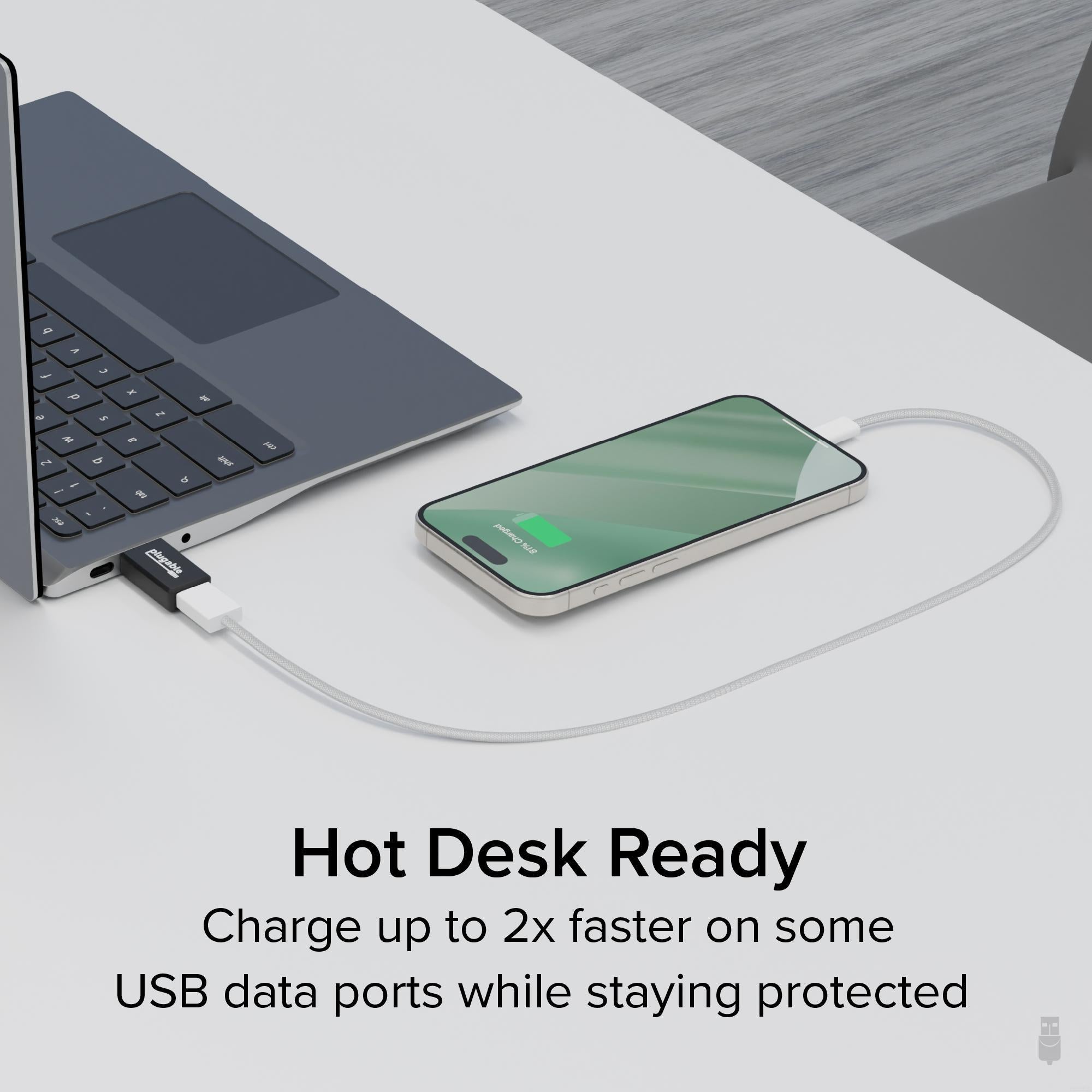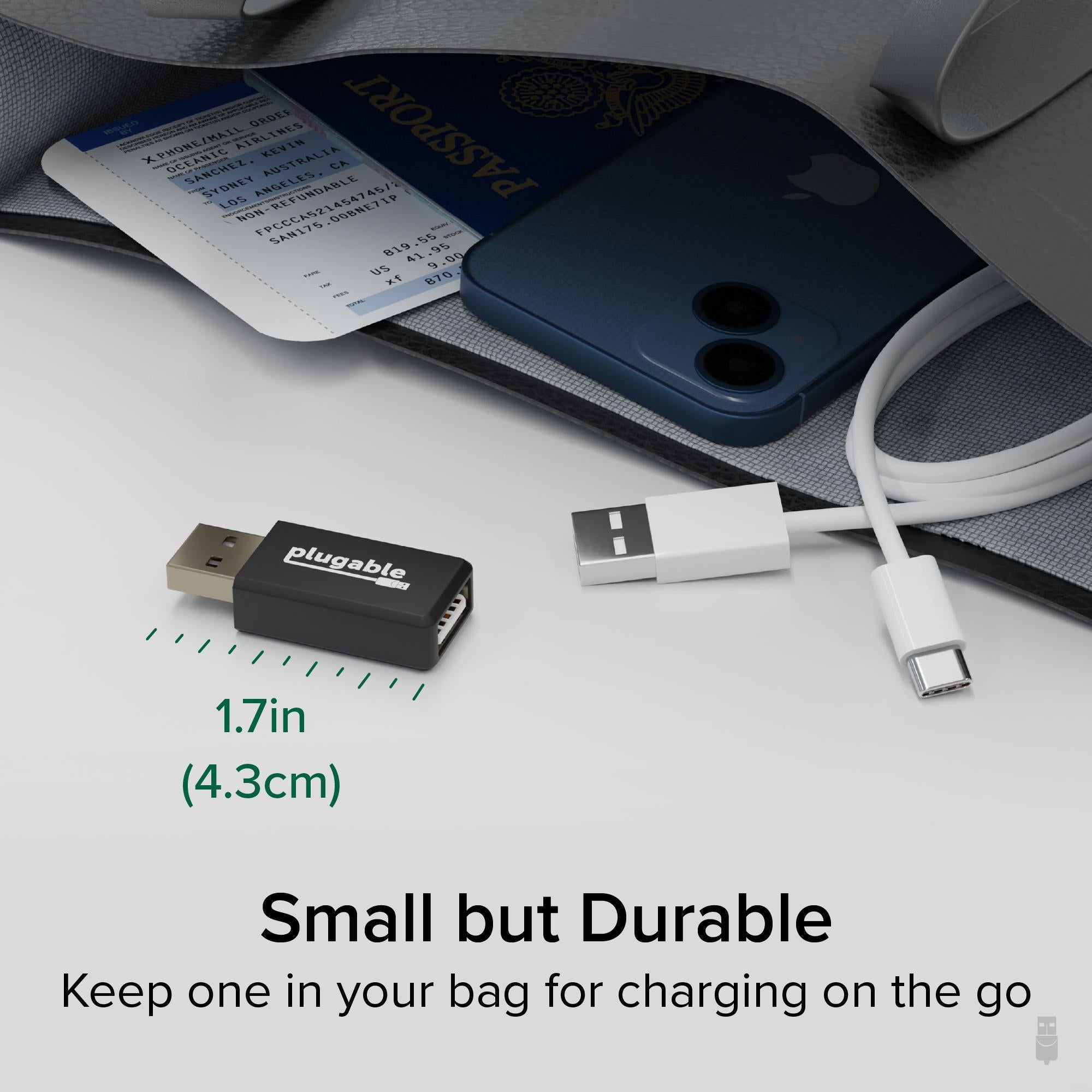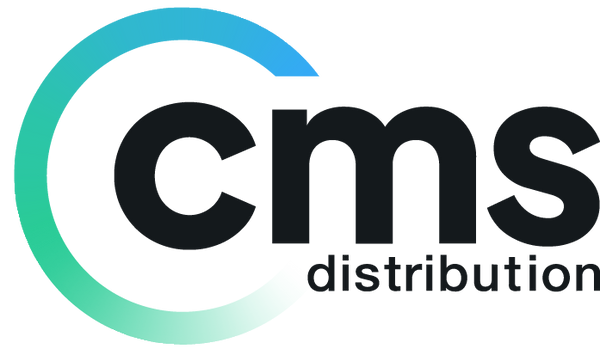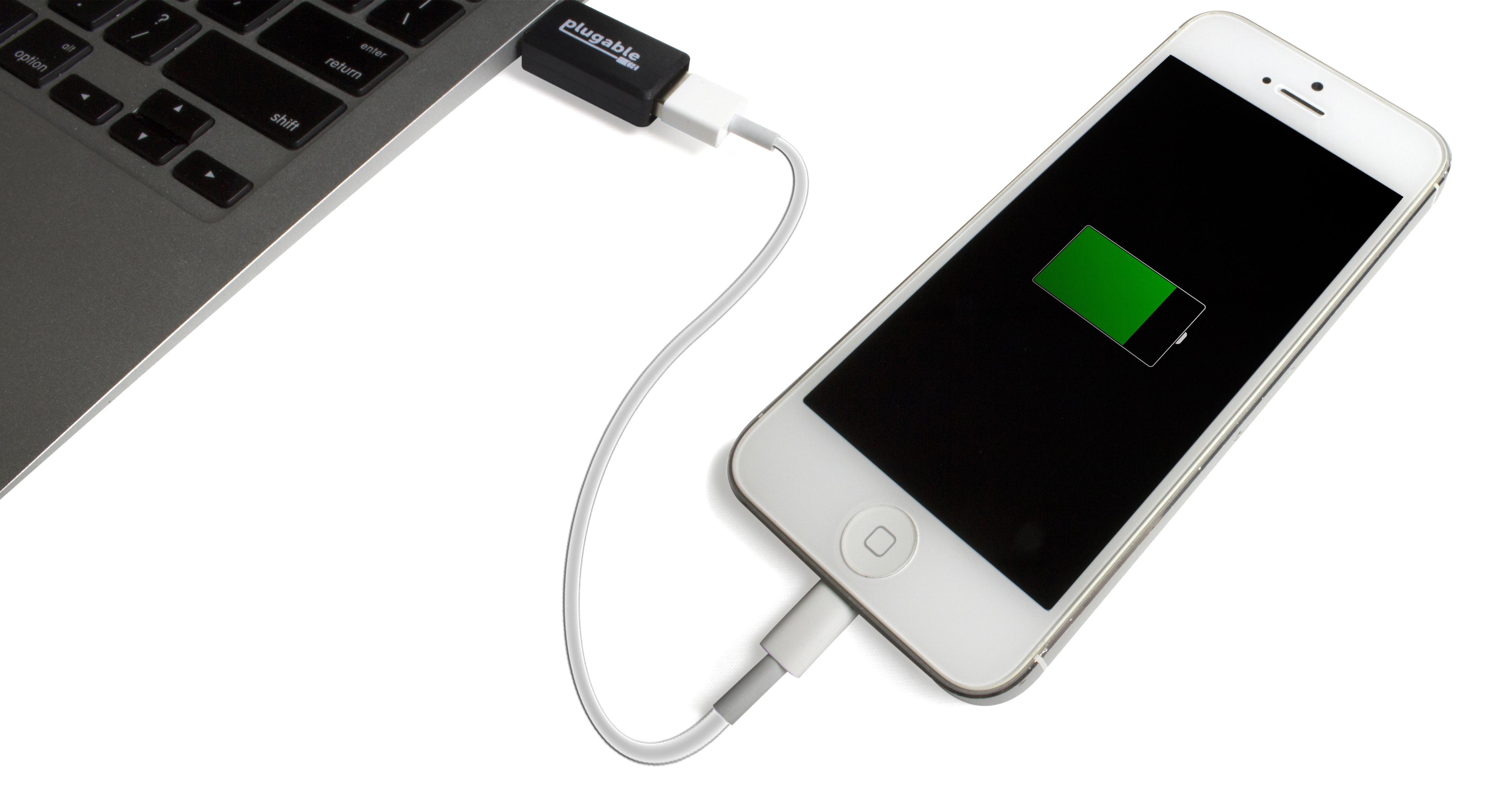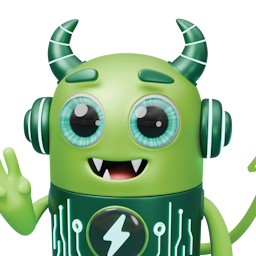Open Article in New Tab
The original USB 2.0 specification limited the power that could be drawn from any USB port to 500mA. This is plenty to charge smaller batteries reasonably quickly, but for larger batteries, a higher wattage solution is needed. Though this limit was increased to 900mA with the advent of SuperSpeed USB 3.0, most battery-powered devices were left wanting, either charging at a very slow rate or "treading water". Over time, these limitations drove device makers to come up with novel ways to draw more than the allowed current from standard USB ports, typically accomplished by signaling to the devices along the data lines that it’s okay to draw current at a higher rate.
Regrettably, there wasn’t a widely-adopted standard, so not all ports and devices spoke the same language. To make the situation even more frustrating for end-users, there wasn’t much public discussion or documentation about these signals.
A quick note about power and charging: It is up to the device attached to the charger to decide if, and how quickly to charge. Either based upon the charging signal it receives from the charger that it may use as a guideline, or if the device does not utilize charging signals, it will charge by drawing as much power as it possibly can unregulated. Some "dumb" devices will overload a standard USB port and may cause the port to temporarily cease functioning (until the port is reset) or may cause permanent damage. It is also important to note that chargers do not "push" power to a device, rather, devices "pull" power as needed. If you have a USB device that calls for 500mA of current, connecting it to say a 2.4A (2400mA) USB charging port will not damage it, the device will only draw as much power as needed.
USB Battery Charging Standard
Some devices support the USB Battery Charging (BC 1.1/1.2) standard, but that support is usually undocumented. Charging behavior is often learned through trial-and-error. With the addition of BC 1.2, the USB standard included three port types.
-
Standard Downstream Port (SDP) - Data-only port with no special charging capabilities. Provides data connectivity and the standard 500mA to downstream devices.
-
Charging Downstream Port (CDP) - Simultaneous USB data connectivity and high-current charging. Provides up to 1.5A to downstream devices. Has a charging detection phase that triggers device charging, then switches over to data mode after charging has been established.
-
Dedicated Charging Port (DCP) - Charging-only port with no data connection. Provides up to 1.5A to downstream devices. This signal simply shorts the data D+ and D- lines.
Proprietary Signals
Many manufacturers created their own DCP signals to either provide higher charging rates or only charge from “authorized” chargers. iPads, for example, can draw up to 2.4A when connected to an Apple computer or Apple charger, but they will not charge at all when connected to a regular USB port.
Apple
Apple was among the first manufacturers to create their own charging signals to meet the needs of their power-hungry mobile devices.
-
Apple 2.4A: 2.7V D+, 2.7V D-
-
Apple 2.1A: 2V D+, 2.7V D-
-
Apple 1A: 2.7V D+, 2V D-
-
Apple 500mA: 2V D+, 2V D-
| Signal |
D+ Volts |
D- Volts |
| Apple 2.4A |
2.7V |
2.7V
|
Apple 2.1A
|
2V |
2.7V
|
Apple 1A
|
2.7V
|
2V
|
Apple 500mA
|
2V
|
2V
|
Samsung
Many legacy Samsung devices use the standard BC 1.2 charging standard for DCP, CDP, and SDP modes. Even older devices often used a proprietary Samsung DCP signal (1.2V D+, 1.2V D-)
Qualcomm Quick Charge (QC) 1/2/3
Legacy Qualcomm QC chargers are capable of outputting much higher power than standard USB chargers. These signals are specifically designed to work with mobile devices containing Qualcomm Snapdragon SoC chips. This standard is often re-branded by manufacturers for marketing purposes, but the standard behind these technologies is Qualcomm QC. A few well-known rebrands of Qualcomm QC are listed below. Currently, Plugable does not offer any QC devices.
- Samsung Adaptive Fast Charger
- Oppo Super VOOC
- OnePlus WarpCharge (Note: There are several implementations of WarpCharge that have evolved with new devices, some being fully OnePlus proprietary offering up to 65W.)
- Huawei SuperCharge
QC chargers output various voltages based on the signals sent over the data lines from the powered device.
| Output Volts (Vcc) |
D+ Volts |
D- Volts |
5V
|
0.6V
|
GND
|
9V
|
3.3V
|
0.6V
|
12V
|
0.6V
|
0.6V
|
20V
|
3.3V
|
3.3V |
"Smart" Charging
Smart chargers contain a charging controller chip that attempts to detect the ideal signal for the attached downstream device. Once the ideal signal is detected, the charger will stop cycling through signals and the powered device will start charging.
